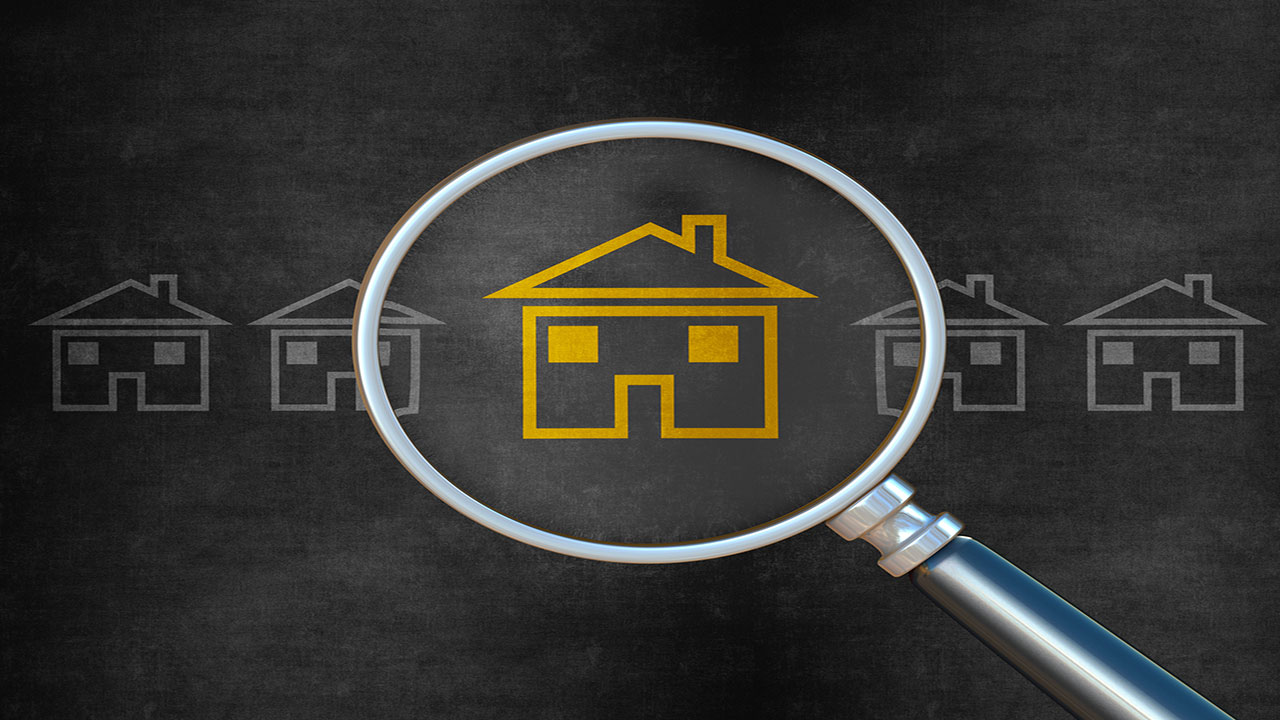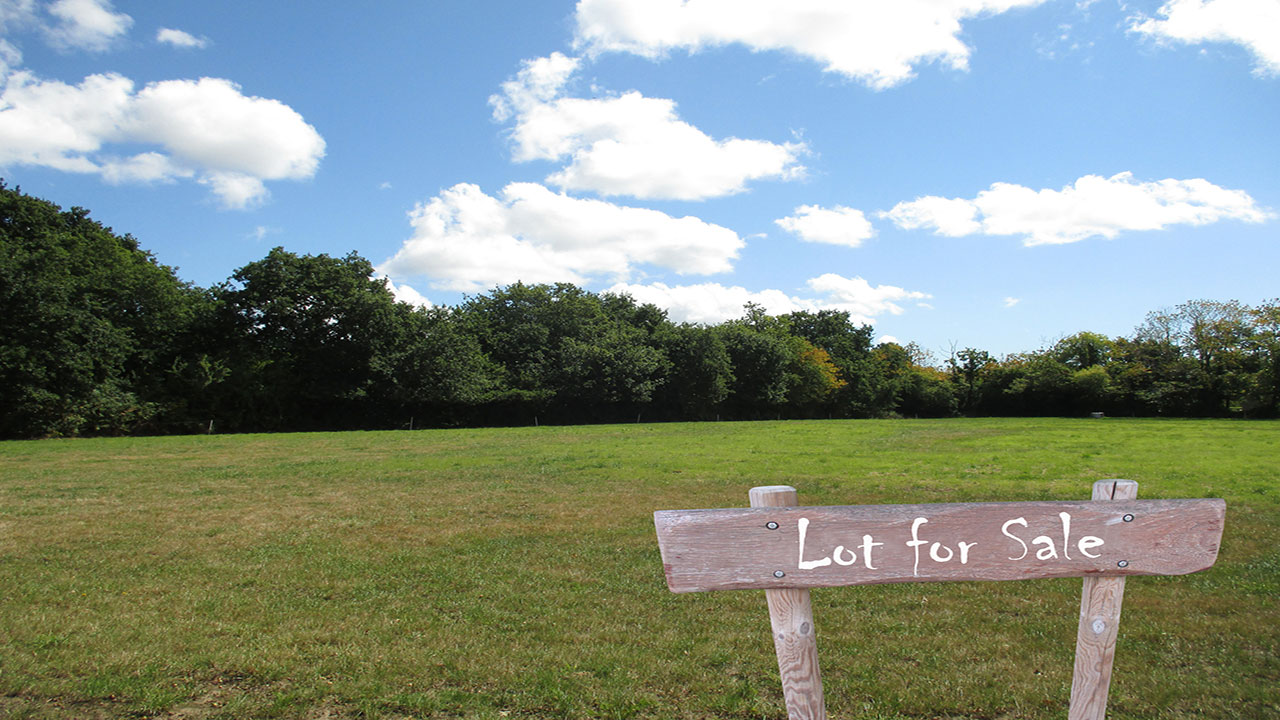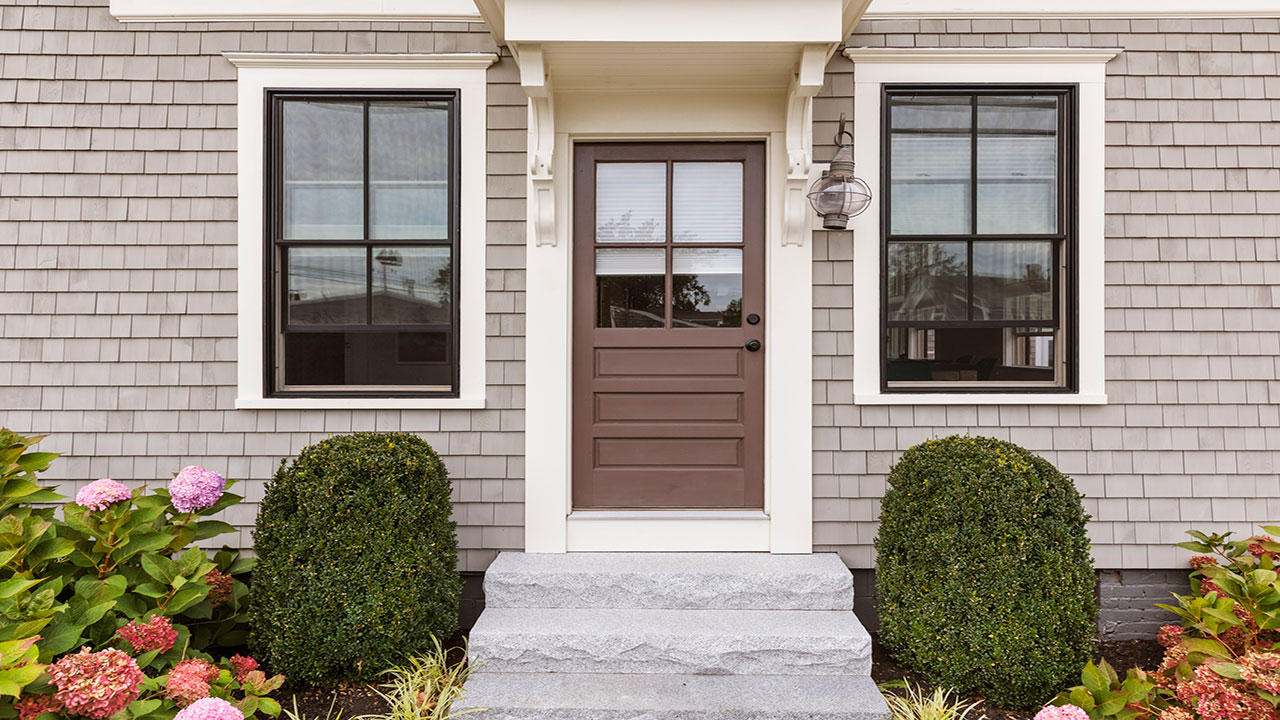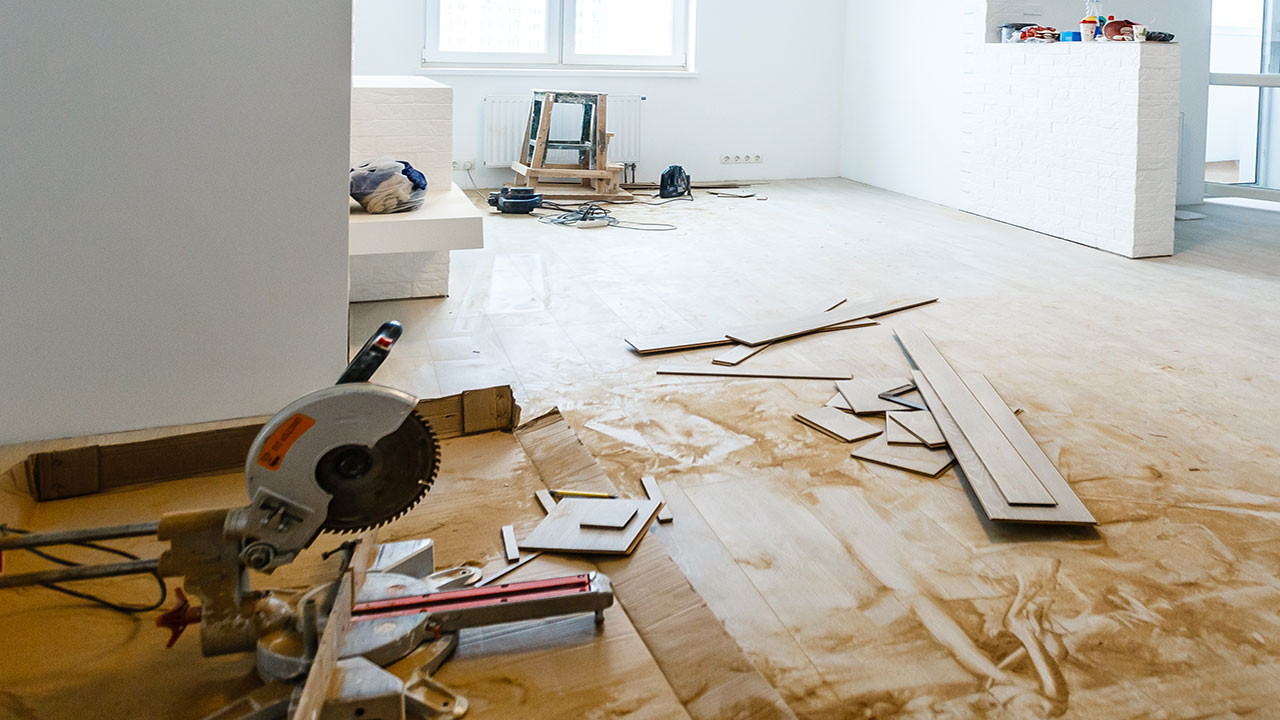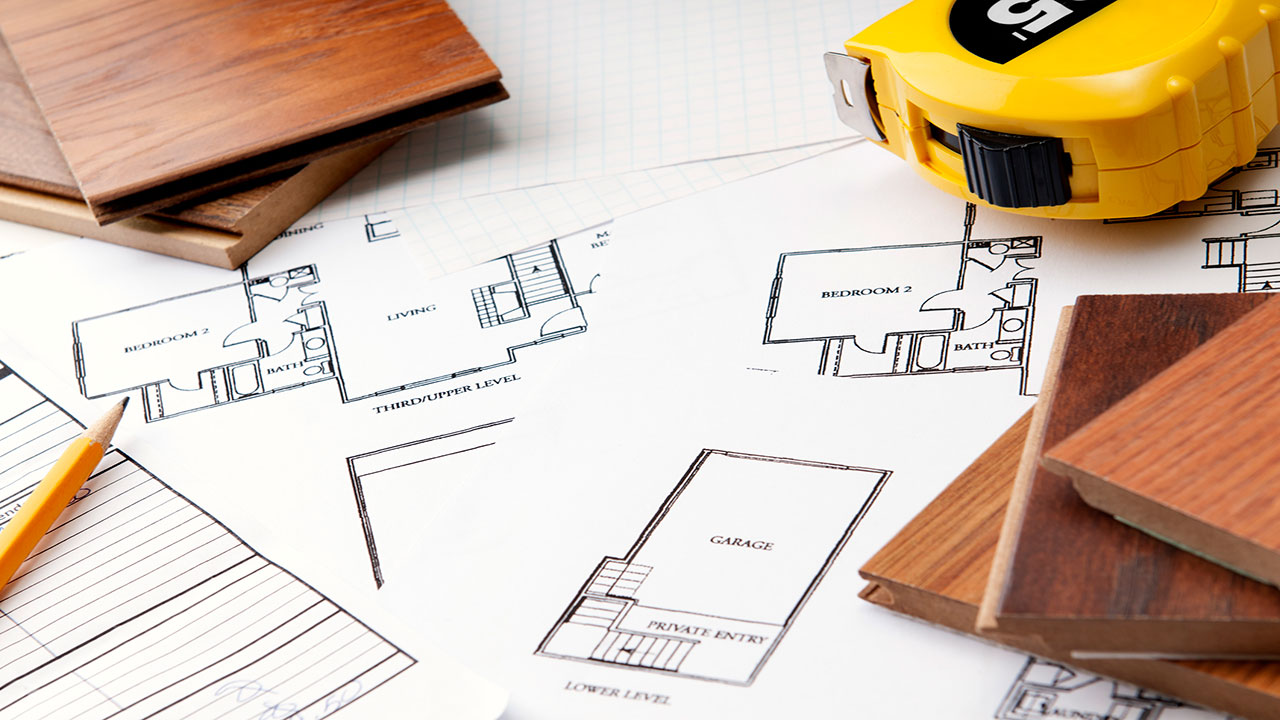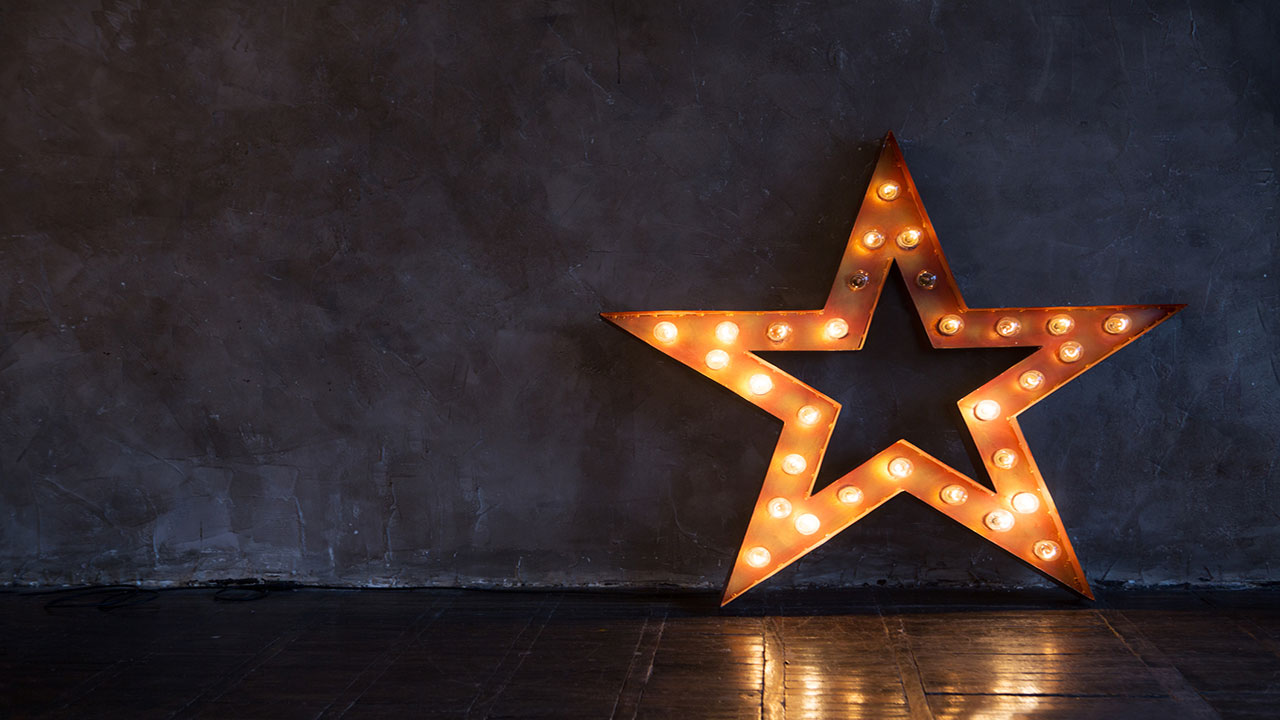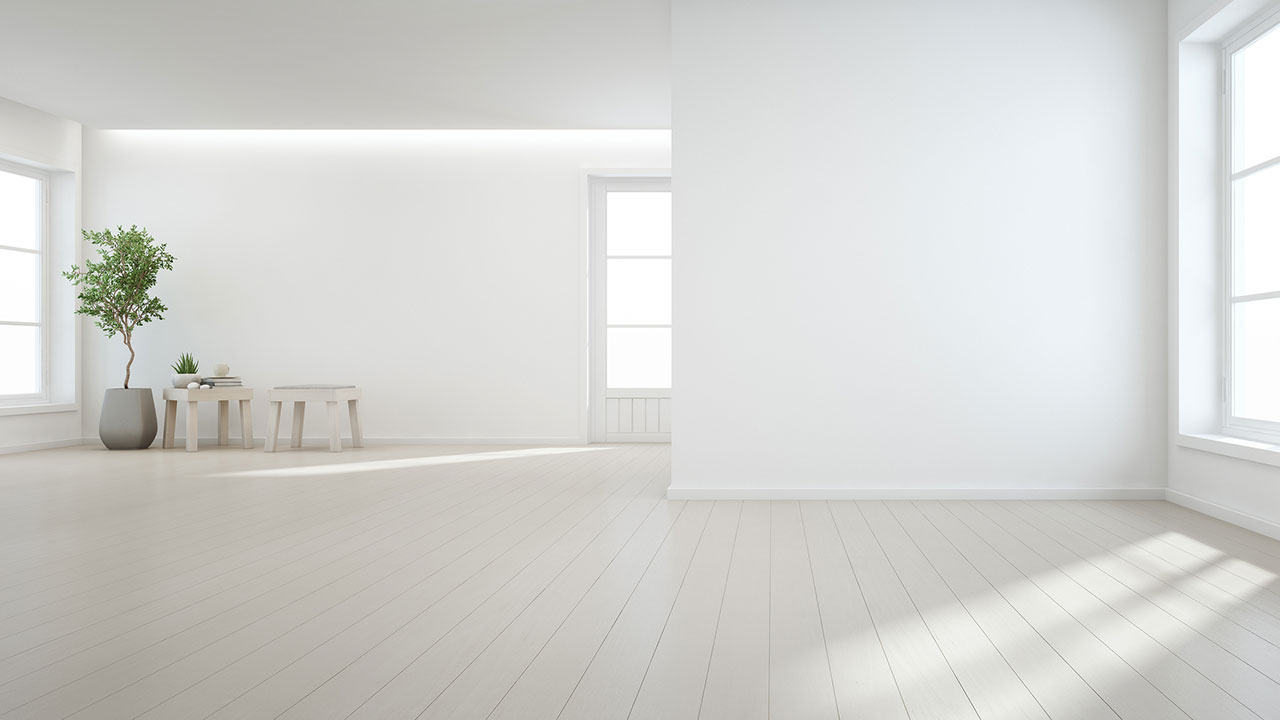6 Ways to Boost Security in Your Condo, Even Without a Concierge

All homeowners want to take measures to make sure their homes are secure and that all occupants within their homes are kept safe at all times. When it comes to condos, there is usually an added level of security in the form of a locked main entrance, security cameras, or 24-hour concierge. In secure buildings, visitors typically have to be buzzed in by a guard or an owner before they’re allowed in.
But as much as homeowners associations are responsible for making sure that their buildings are secure at all times, unit owners can take measures into their own hands as well to ramp up their own personal security.
Here are suggestions to take the level of security of your condo to the next level, whether or not your particular building is armed with 24-hour surveillance.
1. Consider Installing an Alarm For Your Unit
The building itself will come with its own security measures, but you might want to consider having your own security alarm installed in your unit. While you may have to get permission from your HOA to install an alarm, it can give you more peace of mind knowing that there’s another hurdle that thieves must go through in order to cause any amount of harm.
You might be even willing to take things a step further and have an alarm installed in your locker as well, especially if you’ve got valuables stashed away in there.
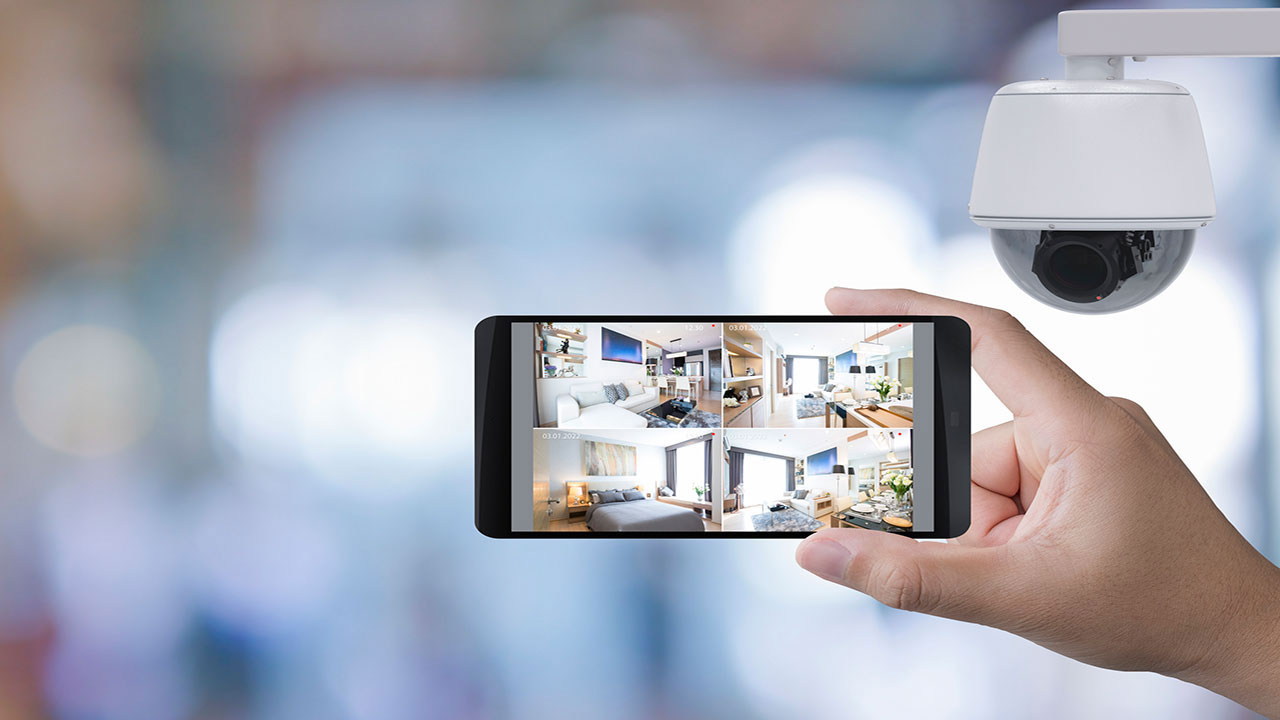
2. Never Lets Strangers in Behind You When You Enter the Building
Owners of the building are equipped either with a fob or a code that allows them to enter through main entrances of the building. Anyone else who doesn’t have either one of these things will need to be let in by someone who knows them. If you happen to be near the entrance and notice someone you’re not familiar asking to be buzzed in or trying to slip in behind you, resist the urge to be polite for a moment.
You don’t know who the person is, so you could be inadvertently allowing someone with bad intentions into the building. The person that they’re coming to see – if their visit is legitimate – should be the one to let them in. Even if the person is wearing a uniform, don’t allow them to enter unless they’re armed with appropriate identification.
3. Always Keep Your Balcony Doors Locked
Locking the door to your unit is a no-brainer, but are you guilty of leaving your balcony door unlocked from time to time? People with bad intentions will go to great lengths to break into units, including trying to go through balcony entrances.
Don’t underestimate what some people will do to gain entrance to other people’s homes, including climbing walls and making their way through any nook and cranny they can access, and balcony doors are one of them.
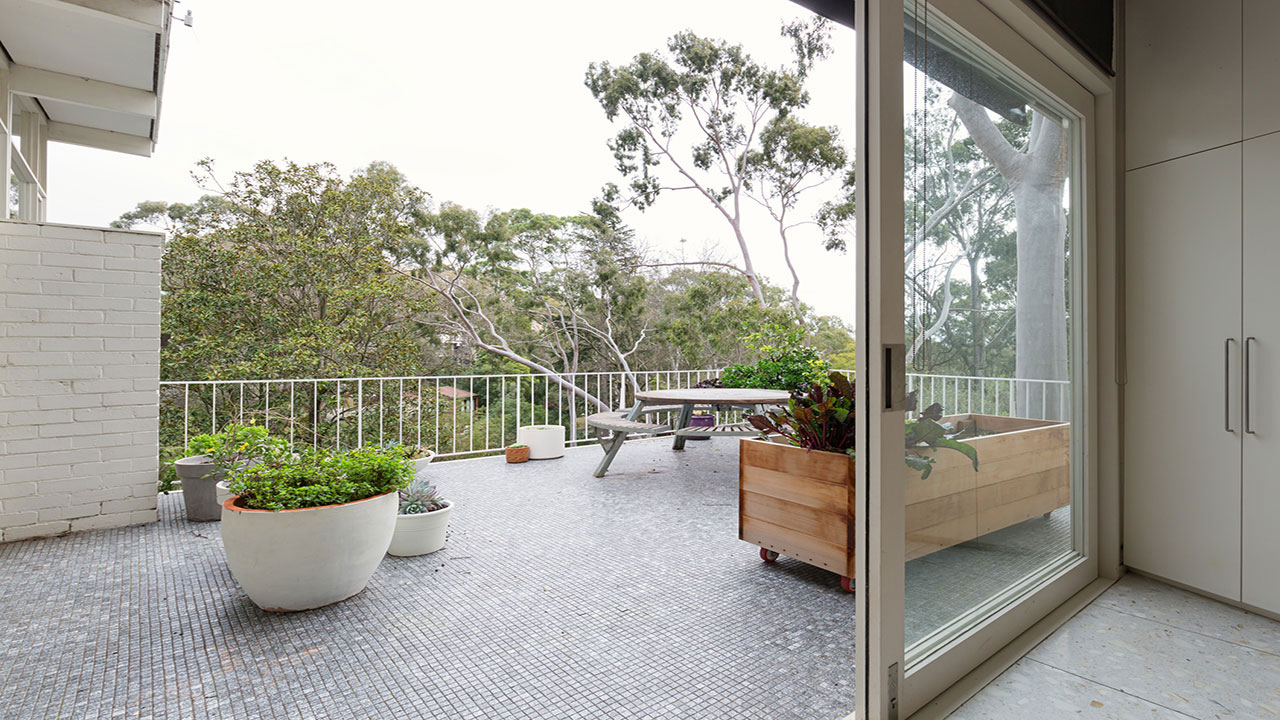
4. Block Windows and Install Bars if You’re on the First Floor
There are advantages to living on the first floor of a building; namely, not having to take an elevator every time you want to go in and out. But having a first-floor unit also comes with certain hazards that other unit owners on higher levels might not have to worry about, including being within easier access to criminals.
If you live on the main level, consider blocking out your windows. Thieves like to have a look inside where they plan to break into, and if they can’t see what’s inside, they may be less inclined to break in. You can do this either with blinds or even with frosted stick-ons.
Further, you might also want to install a bar across your balcony sliding doors to make it nearly impossible for bandits to pry the door open.
5. Get Familiar With the Residents of the Building
Knowing who lives in the building and what their regular routines are can help you get better acquainted with normal ongoings versus activities that seem out of the norm.
By paying attention and getting to know who lives in the building and what their routines are, you’ll be in a better position to spot suspicious activity. So get out there and don’t be afraid to mingle a little.

6. Make Sure the Door Closes Behind You After You Enter
When you enter your building, make sure to wait and verify that the door closes behind you so no one can slip in without anyone noticing.
The Bottom Line
Condo living is usually very secure. There are usually multiple layers of security that you can feel safe behind. But if you really want to ensure the ultimate in safety, consider adopting any one of the above tips. There’s absolutely nothing wrong with going the extra mile to ensure your safety and that of your family.




